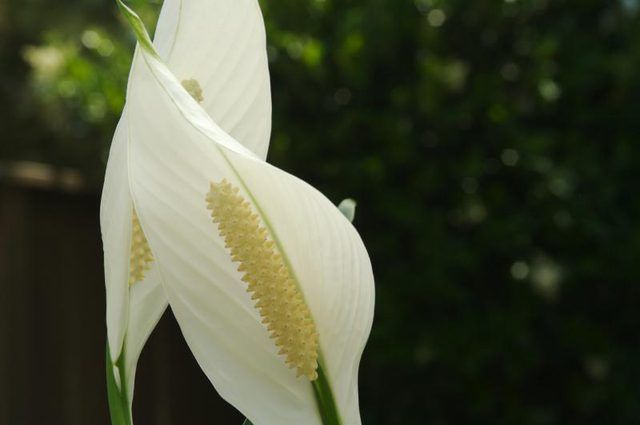Bulbs
Flower Basics
Flower Beds & Specialty Gardens
Flower Garden
Garden Furniture
Garden Gnomes
Garden Seeds
Garden Sheds
Garden Statues
Garden Tools & Supplies
Gardening Basics
Green & Organic
Groundcovers & Vines
Growing Annuals
Growing Basil
Growing Beans
Growing Berries
Growing Blueberries
Growing Cactus
Growing Corn
Growing Cotton
Growing Edibles
Growing Flowers
Growing Garlic
Growing Grapes
Growing Grass
Growing Herbs
Growing Jasmine
Growing Mint
Growing Mushrooms
Orchids
Growing Peanuts
Growing Perennials
Growing Plants
Growing Rosemary
Growing Roses
Growing Strawberries
Growing Sunflowers
Growing Thyme
Growing Tomatoes
Growing Tulips
Growing Vegetables
Herb Basics
Herb Garden
Indoor Growing
Landscaping Basics
Landscaping Patios
Landscaping Plants
Landscaping Shrubs
Landscaping Trees
Landscaping Walks & Pathways
Lawn Basics
Lawn Maintenance
Lawn Mowers
Lawn Ornaments
Lawn Planting
Lawn Tools
Outdoor Growing
Overall Landscape Planning
Pests, Weeds & Problems
Plant Basics
Rock Garden
Rose Garden
Shrubs
Soil
Specialty Gardens
Trees
Vegetable Garden
Yard Maintenance
How to Propagate a Peace Lily
How to Propagate a Peace Lily. Featuring clear white flowers and glossy green leaves, peace lily (Spathiphyllum spp.) brightens shady spots indoors and outside. One of the few plants to bloom well in indirect light, peace lily is often grown as a houseplant, though it also grows outdoors year-round in U.S. Department of Agriculture plant hardiness...

Featuring clear white flowers and glossy green leaves, peace lily (Spathiphyllum spp.) brightens shady spots indoors and outside. One of the few plants to bloom well in indirect light, peace lily is often grown as a houseplant, though it also grows outdoors year-round in U.S. Department of Agriculture plant hardiness zones 10B through 13. Peace lily rarely produces seed, and dividing a plant into sections is the usual propagation method. This plant is poisonous to humans, dogs and cats.
Dividing a Peace Lily
Peace lily leaves grow from underground stems, and growing new plants from underground stem sections is the most reliable propagation method. The best time of year for propagating a peace lily is spring. Peace lily leaf cuttings are unlikely to produce roots.
Gently ease the peace lily from its container or carefully dig it up with a garden fork. Just beneath the soil at the base of the plant are small clumps of stems. Gently separate the clumps and their attached roots by pulling them apart. Pull away just a few sections or divide the whole plant. If you need to cut through the underground stems to divide the peace lily, sterilize the knife by wiping the blade with a cloth that was dipped in rubbing alcohol, before and after cutting the stems.
Planting Peace Lily Sections
Sections of peace lily's underground stems grow into new plants in individual pots. Use containers with drainage holes when growing peace lily stem sections. Containers should be large enough to hold the sections' roots and 1 inch wider and deeper. A 3- to 4-inch-wide pot is usually about the right size.
Spread a 1-inch layer of well-drained, general purpose potting soil on the base of a container, and place a section top. Fill in the gaps around the peace lily section's roots with potting soil, and firm the plant gently in its pot. Water the plant until water appears through the drainage holes.
Caring for New Peace Lily
Sections of a peace lily establish best at warm temperatures and in bright, indirect light. Peace lily grows strongly at temperatures between 68 and 85 degrees Fahrenheit during the day and 10 degrees cooler at night. Cooler temperatures slow down the plant's growth and may prevent a plant from establishing.
Place peace lily sections in their containers in a draft-free spot out of direct sunlight. Water the developing plants when the potting soil surface is dry, applying water until it appears through the container drainage holes.
Propagating from Seed
Seed is unlikely to appear on a peace lily because many varieties are infertile. If a plant produces seed, it is encased in the brown seed head that forms from the central flower spike. When the seed head is dry and papery, crush it to gather the seeds. Alternatively, buy peace lily seeds.
Mix 1 part sphagnum peat moss, 1 part vermiculite and 1 part orchid potting mix. Fill a 3-inch container with the mixture and finely sprinkle the peace lily seeds on top about 1/4 inch apart. Sprinkle a very thin layer of vermiculite until the seeds aren't visible. Water seeds using a fine rose spray attachment on a watering can until water appears through the container drainage holes. Put the pot in a plastic bag and place it in a warm spot that receives bright indirect light. When the second set of leaves on the peace lily seedlings appear, plant the seedlings in individual 3-inch containers.